Growing up as a kid in Baltimore, the Orioles were always competitive and it was my birth-right that they would be in the hunt for the postseason. That is why it’s still hard for me to fathom that, until last year, so many kids in Baltimore only knew the Orioles as a losing baseball club. To them, the “Oriole Way” was spending money on players who were past their prime; being one of a scattering of thousands in attendance at games in the greatest ballpark in Major League Baseball; or marking the All-Star break as the starting point for their countdown to the beginning of the Ravens’ season.
Rewind to 2012…the year that catapulted the Orioles from insignificance after eight managers and 14 consecutive seasons of futility and broken hearts in Charm City. We all know the story.
The Orioles finished the first half of the 2012 season with a winning record (45-40) for just the second time since 1998. We held our breath with cautious optimism as play resumed following the All-Star Break and common sense reared its ugly head to tell us to expect the bottom to drop out of our four months of baseball bliss. But, on September 16, the 2012 Orioles stole our hearts as they won their 82nd game and secured the team’s first winning season since 1997. They finished 93-69…the exact reverse of the club’s 2011 record.
This time, it wasn’t players named Palmer, Robinson or Ripken who returned Baltimore to a baseball town. Instead, it was a collection of guys who most Orioles fans were unfamiliar with on Opening Day – some that other teams had given up on – Gonzalez, McLouth, Davis, Reynolds; just to name a few. Then, on August 9, we were introduced to Manny Machado, a kid raised in the Orioles farm system who immediately gave us a feeling that things were again going to okay in Birdland.
Adjectives like scrappy, resilient and hard-working have been used to describe the 2012 & 2013 Orioles; descriptions that also define the town whose name these players proudly wear across the fronts of their uniforms. Today’s Orioles aren’t a team filled with superstars whose salaries are more than some small-market club’s entire roster. Rather, “our” Birds are a collection of gritty baseball players, each of whom can step up at any moment to lead the team to victory and receive the now fashionable shaving cream pie to the face.
Ladies and gentleman, that unexplainable feeling you experienced this past offseason as you counted the days until pitchers and catchers report…get used to; it’s called excitement and it’s going to stick around.
Baseball is better when the Orioles are relevant. It’s a storied franchise that made significant impacts on the baseball landscape. Look no further than the team’s “glory years” from 1966–1983” to see the Birds indomitable presence in baseball.
During that stretch, four Orioles claimed league MVP honors (Brooks Robinson 1964; Frank Robinson, 1966; Boog Powell, 1970; and Cal Ripken, Jr., 1983), while four members of the team’s pitching staff won a combined six Cy Young Awards (Mike Cuellar, 1969; Jim Palmer, 1973, ‘75 & ‘76; Mike Flanagan, 1979; and Steve Stone, 1980. In 1971, the team’s four starting pitchers – Dave McNally, Cuellar, Palmer, and Pat Dobson – recorded a feat that has not been repeated in baseball as each won 20 games that season. And let’s not forget, the Orioles captured three World Series titles (1966, ‘70 & ‘83) and six American League pennants (1966, ’69, ’70, ’71, ’79 & ’83) over that span.
We are a long way from those dominating “glory years,” but the Orioles of late are giving a new generation a glimpse of a modern “Oriole Way.”
photo: Michael Filipelli on Facebook

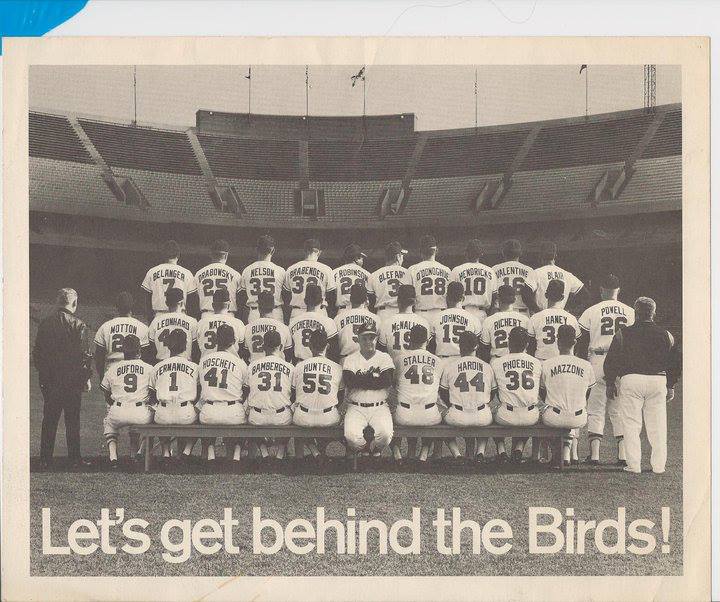

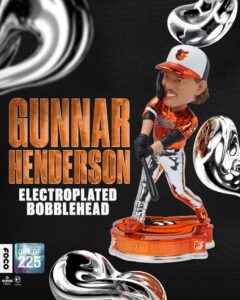
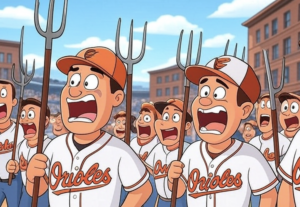
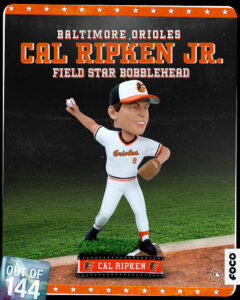
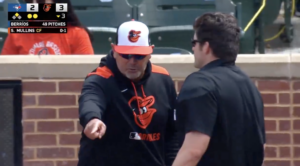
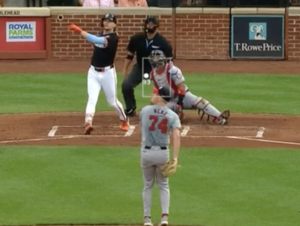


2 Responses
You made a slight error – Oriole League MVP’s: Brooks Robinson in 1964, Frank Robinson in 1966, Boog Powell in 1970 and Cal Ripken in 1983 & 1991!
Howdy Cecil,
Thanks for the read and comment. I wanted to let you know that I intentionally didn’t mention Cal’s 1991 MVP honor as it didn’t fall during the time period I was referencing of the “Glory Years” from 1966-83. I would never slight the “Iron Man”…HA
Go O’s!!!
Tim